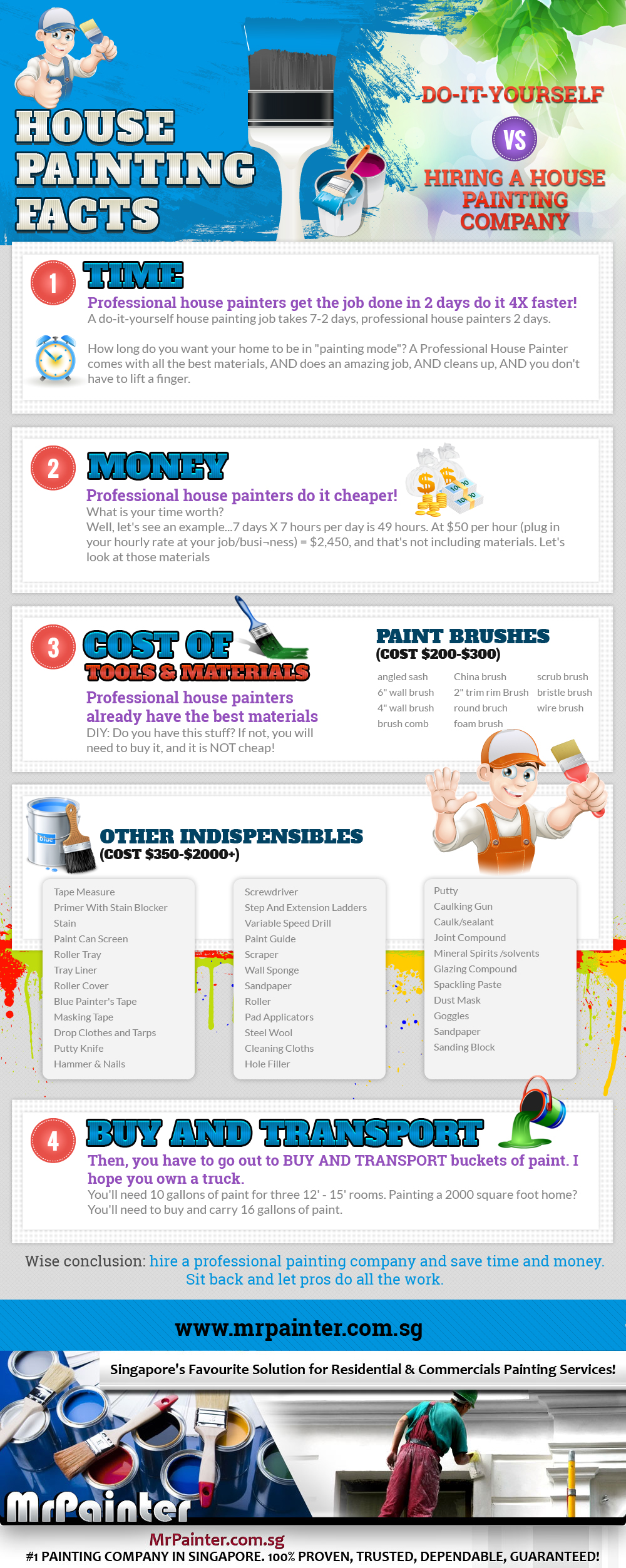The Climate Plays An Essential Role In The Success Of Your Commercial Outside Paint Project-- Discover How It Can Dramatically Affect Your Overall Results
The Climate Plays An Essential Role In The Success Of Your Commercial Outside Paint Project-- Discover How It Can Dramatically Affect Your Overall Results
Blog Article
Web Content By-Jernigan George
When you're preparing an industrial external painting task, don't ignore the influence of weather condition on your results. You need to consider factors like temperature level, moisture, and rainfall, as they can make or damage your paint job. As an example, did you recognize that optimal problems ask for particular temperature arrays and humidity levels? Falling short to check these elements can lead to uneven surfaces or even damages to fresh paint. Comprehending these components is vital to accomplishing a resilient, specialist result. So, what certain climate condition should you be wary of?
Temperature level Considerations
When it comes to commercial exterior paint, temperature level plays an important function in the result of your job. If Read Far more in extreme warmth, the paint can dry also swiftly, bring about issues like bad adhesion and uneven finishes. You intend to aim for temperature levels in between 50 ° F and 85 ° F for the very best results. Listed below 50 ° F, paint may not heal effectively, while over 85 ° F, you run the risk of blistering and fracturing.
Timing your job with the ideal temperatures is vital. Start your work early in the morning or later on in the mid-day when it's cooler, specifically throughout warm months.
Also, consider the surface area temperature level; it can be considerably greater than the air temperature, specifically on warm days. Use a surface area thermostat to examine this before you begin.
If temperature levels are uncertain, keep an eye on the weather report. Abrupt temperature level drops or warm front can thwart your plans. You do not wish to begin repainting just to have the problems alter mid-project.
Moisture Levels
Humidity levels dramatically influence the success of your commercial external painting project. When the moisture is expensive, it can impede paint drying out and curing, leading to a range of issues like poor attachment and complete high quality.
If you're preparing a task during wet conditions, you could discover that the paint takes longer to completely dry, which can expand your project timeline and rise prices.
On the other hand, low humidity can likewise pose challenges. Paint may dry out too swiftly, stopping proper application and resulting in an irregular coating.
You'll wish to check the humidity degrees carefully to guarantee you're working within the perfect variety, commonly between 40% and 70%.
To get the best results, consider making use of a hygrometer to gauge humidity before starting your job.
If you locate the degrees are outside the optimum array, you might need to change your schedule or pick paints designed for variable conditions.
Always seek advice from the manufacturer's standards for certain referrals on humidity resistance.
Precipitation Effect
Rain or snow can significantly disrupt your industrial external painting strategies. When rainfall occurs, it can get rid of newly applied paint or produce an irregular coating. Preferably, you want to select days with dry weather condition to ensure the paint adheres correctly and treatments successfully. If you're captured in a rain shower, it's best to stop the task and wait for problems to improve.
Additionally, snow can be even more harmful. Not just does it produce a wet surface area, however it can additionally decrease temperatures, making it difficult for paint to dry. This can result in concerns like peeling or blistering down the line.
It's essential to check the weather forecast before starting your project. If rain or snow is predicted, think about rescheduling.
Constantly bear in mind to permit adequate drying time between coats, especially if the weather condition remains unpredictable.
Final thought
Finally, keeping an eye on the weather condition is essential for a successful commercial exterior painting project. By keeping an eye on temperature level, humidity, and precipitation, you can make sure the best problems for application and curing. Remember to intend your work around positive weather and constantly follow maker guidelines. With the best approach, you'll achieve a lasting, attractive surface that can stand up to the aspects. Don't let the weather condition capture you off guard-- remain informed and repaint smart!
